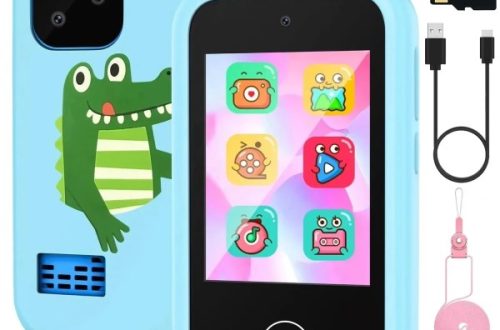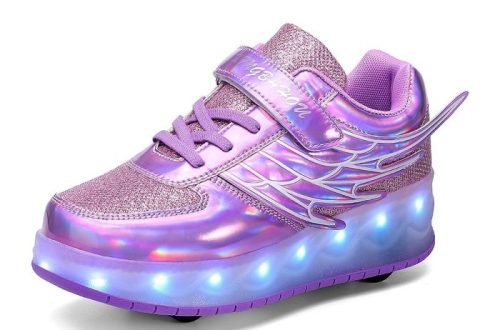The unassuming Rubik’s Cube, a vibrant tangle of colors, holds a surprising challenge within its six faces. But fret not, puzzle enthusiasts! With a clear approach and some practice, you can crack the code and achieve the satisfying click of a solved cube. This beginner’s guide will unveil the secrets layer-by-layer, equipping you with the fundamental steps to transform the jumbled mess into a colorfully aligned masterpiece.

Part 1: Laying the Foundation – The First Layer
The Birth of the White Cross:
Pick a side to be your “solved face,” typically white. Locate the four edge pieces with white and another color. Using specific sequences of moves (algorithms), maneuver these edge pieces into their designated slots on the first layer, ensuring the white side faces upwards. While various algorithms exist for different scenarios, the core concept involves moving the edge piece without disturbing the existing white center pieces.
Cornering the Challenge:
After completing the white cross on the Rubik’s Cube, the next step is to address the four white corner pieces. So, the solver should locate a white corner piece, identify its other two colors, and utilizing specific algorithms, position it on the top layer in a manner that aligns the colored sides with the matching center pieces. This process should be repeated for all four corners, ensuring that the white face is fully solved. It is crucial to strategically and meticulously apply the algorithms to correctly position each white corner piece without disturbing the solved sections. By following this methodical approach and leveraging the prescribed algorithms, solvers can achieve the desired results and progress towards completing the Rubik’s Cube. Practicing these techniques and gaining familiarity with the algorithms will contribute to mastering this critical stage of solving the puzzle, leading to a successful resolution of the Rubik’s Cube.

Part 2: Expanding Your Horizons – The Second Layer
Matching Up the Middle:
Once the white face of the Rubik’s Cube is solved, the next focus is on the middle layer. Each slot in this layer should have an edge piece with two colors that match the center pieces above and below it. Specific algorithms are crucial in this stage to achieve this configuration. These algorithms empower you to maneuver the edge pieces around the middle layer. But wait, there’s a catch! You need to strategically apply them to ensure the pieces land in the correct spots, all while keeping the beautiful white face you’ve already solved completely untouched. Mastering these algorithms is key to navigating this stage. This step requires keen attention to detail and precise execution to maintain progress and avoid undoing the work already completed on the cube.
Orient Yourself:
After successfully positioning all the edge pieces in their appropriate slots on the Rubik’s Cube, the next crucial step involves ensuring their correct orientation. This involves aligning the colored sides of the edge pieces perfectly with the adjacent center pieces. There is no need to worry, as there are specific algorithms designed to facilitate the rotation of these edge pieces without disrupting the progress made on the other layers of the cube. These algorithms are instrumental in achieving the desired orientation while maintaining the previously solved layers. By strategically applying these algorithms with precision and attention to detail, solvers can ensure that the edge pieces are correctly oriented, thus progressing towards the completion of the Rubik’s Cube. Practice and familiarity with these algorithms contribute to developing the necessary skills for efficiently navigating through this critical stage of the solving process, promoting successful completion of the Rubik’s Cube.

Part 3: Approaching the Summit – The Yellow Cross
Building the Yellow Base:
Absolutely! Congratulations on tackling the first two layers. Now, it’s time to turn your attention to the yellow face, which will eventually become your finished top layer. This step might remind you of creating the white cross. Here, you’ll find four edge pieces with yellow on one side and another color on the opposite side. Just like with the white cross, we’ll use specific algorithms (like secret instructions) to maneuver these edge pieces. Our goal is to position them on the top layer, forming a bright yellow cross. The key here is to perform these maneuvers strategically to ensure the solved sections on the lower layers remain perfectly intact. Once you have the yellow cross shining brightly, you’ll be well on your way to conquering the Rubik’s Cube!
Yellow Edges in Place:
Now that the yellow cross is formed, the next step involves maneuvering the yellow edge pieces to their correct slots on the top layer. Specific algorithms will guide you through this process, ensuring each yellow edge piece aligns with the corresponding center colors. This step requires careful execution to avoid disrupting the progress on the lower layers.

Part 4: Reaching the Peak – The Final Layer
Positioning the Yellow Corners:
Yellow cross and edges done? Great! Now comes the last challenge: yellow corners. These corners need to be on the top layer, with both colors matching the center pieces. Special algorithms, called “corner permutation algorithms,” will help you move them around. Use them strategically to position the corners without messing up the solved parts. Master these algorithms, practice, and you’ll conquer the yellow corners, solving the Rubik’s Cube!
Orientation Perfection:
Almost there! The final hurdle is orienting those yellow corner pieces. Imagine each corner piece has a little hat with two colored sides. Our goal is to make sure these colored sides perfectly match the center pieces on the top layer. Just like with the second layer, there are special algorithms, often called “corner orientation” algorithms, that come to the rescue. These algorithms act like magic tricks, allowing you to rotate the corner pieces without disturbing the beautiful solved sections you’ve already created on the lower layers of the cube.

Conclusion: The Journey to Mastery
Solving a Rubik’s Cube is a rewarding adventure that requires dedication, practice, and memorizing a few key sequences. Don’t be discouraged if it takes time to master each step. With these beginner-friendly strategies and a touch of perseverance, you’ll be well on your way to conquering the cube and experiencing the thrill of a perfect solve. Remember, numerous online resources and libraries offer detailed visuals and interactive tutorials to support your learning journey. So, grab your cube, embrace the challenge, and get ready to crack the code of this iconic puzzle!





